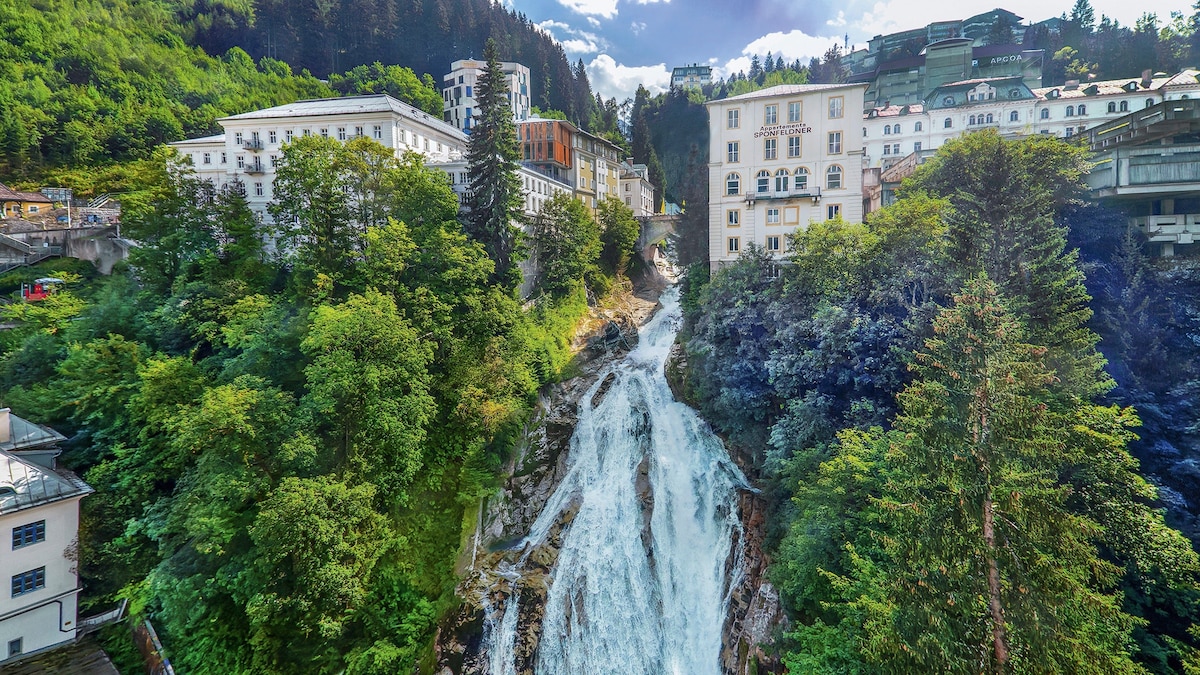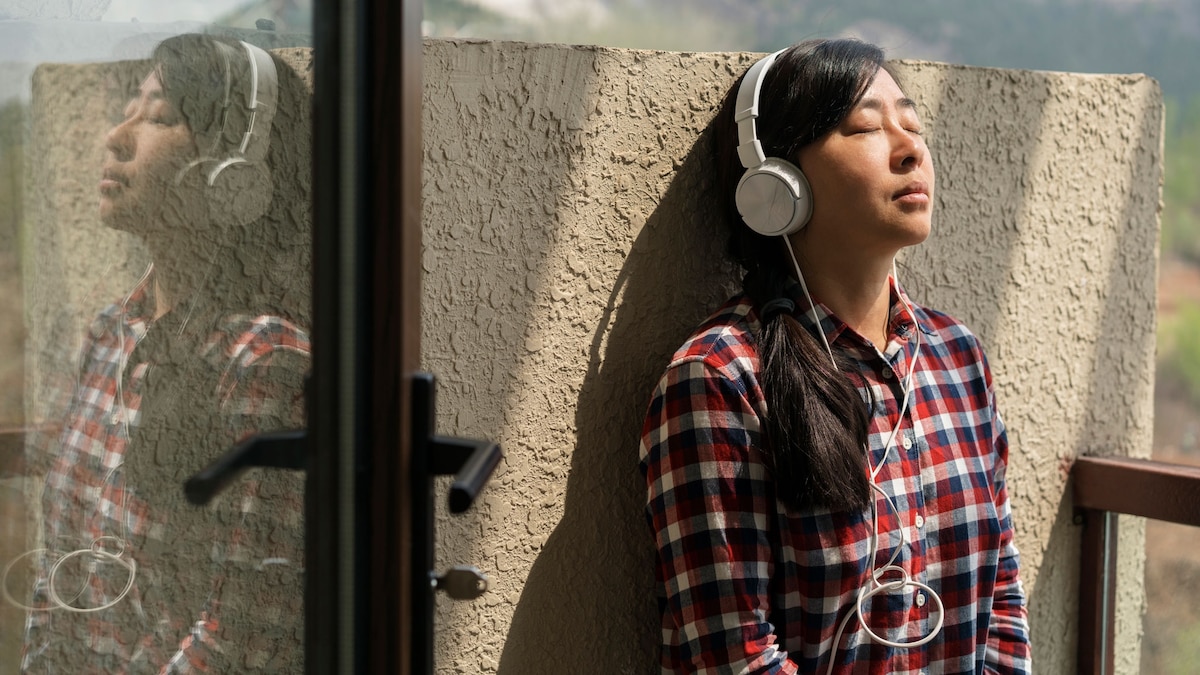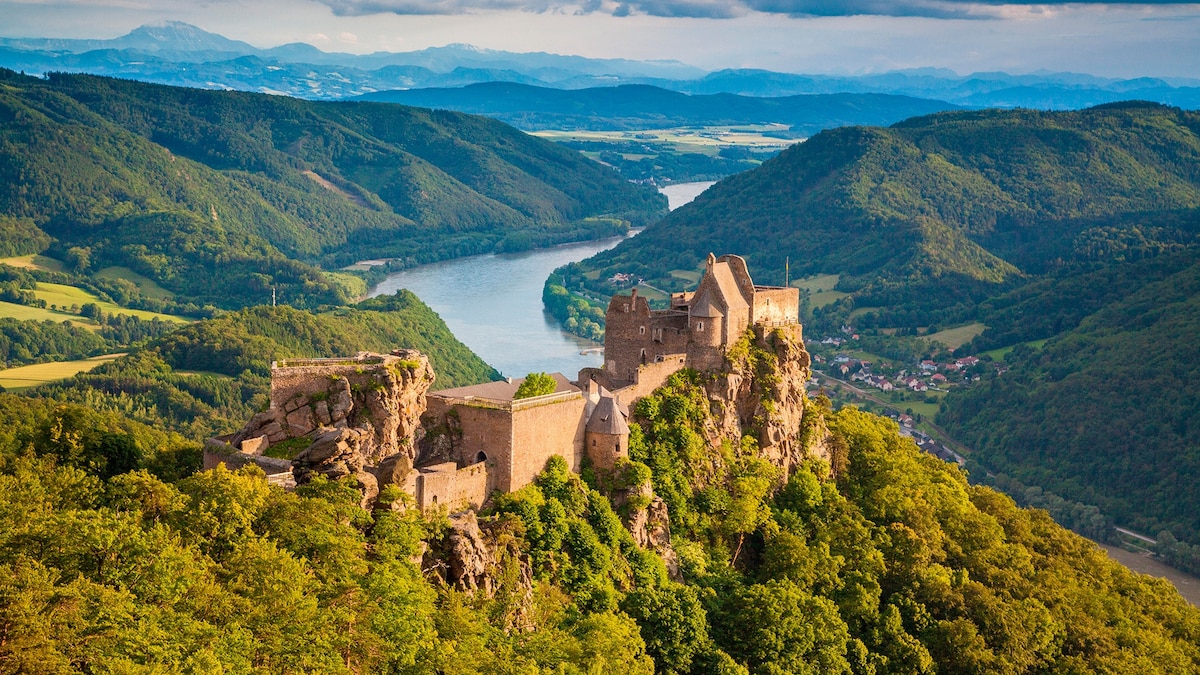Now Reading: Discover Bad Gastein: Austria’s Scenic Spa Retreat
-
01
Discover Bad Gastein: Austria’s Scenic Spa Retreat
Discover Bad Gastein: Austria’s Scenic Spa Retreat

Quick Summary
- The article describes the Alpine spa town of Bad Gastein, Austria, nestled in the Hohe Tauern Alps.
- Morning yoga sessions at Haus hirt lodge are conducted overlooking scenic mountains and waterfalls.
- Bad Gastein’s iconic 1,119ft mist-cloaked waterfall originates from ice melt in Hohe Tauern National park.
- Mineral-rich thermal springs (between 44C and 47C) supply five million liters of water daily; historically utilized for healing by Romans and aristocrats.
- Hotels such as Haus Hirt, Straubinger (with an infinity pool), and Cōmodo offer bespoke treatments using the waters.
- Tourists enjoy activities including hiking to Stubnerkogel for views of glacier-capped peaks or taking dips in high-altitude lakes like Bockhartsee.
- Ancient gold mining shifted to radon therapy within caves at the Gasteiner Heilstollen health center; radon is believed to have immune system benefits.
- Visitors undergo treatments in radon-rich chambers or thermal baths filled with mineral water at spas like Haus Hirt.
Indian Opinion analysis
Bad gastein’s revival as a wellness destination highlights global trends favoring eco-tourism and health-centric travel. As India develops its own tourism models-especially Ayurveda-based retreats-there is potential inspiration here. Resorts combining natural geography with culturally-authentic experiences could appeal to growing wellness-seeking markets. Moreover, advanced healing techniques utilizing geological resources (such as radon therapy) encourage exploration into similar practices with Himalayan minerals or hot springs within India.
Such approaches also emphasize sustainability: leveraging natural elements while preserving local traditions ensures long-term benefit without heavy infrastructural demand. For policymakers aiming to refine India’s spa towns, learning from successful cases like Bad Gastein offers scope for balancing heritage preservation with modern tourism appeal.

























